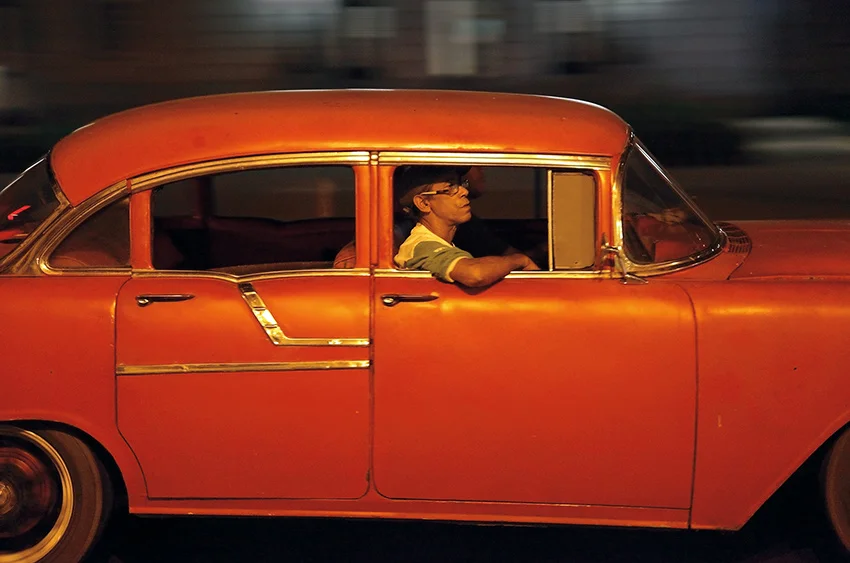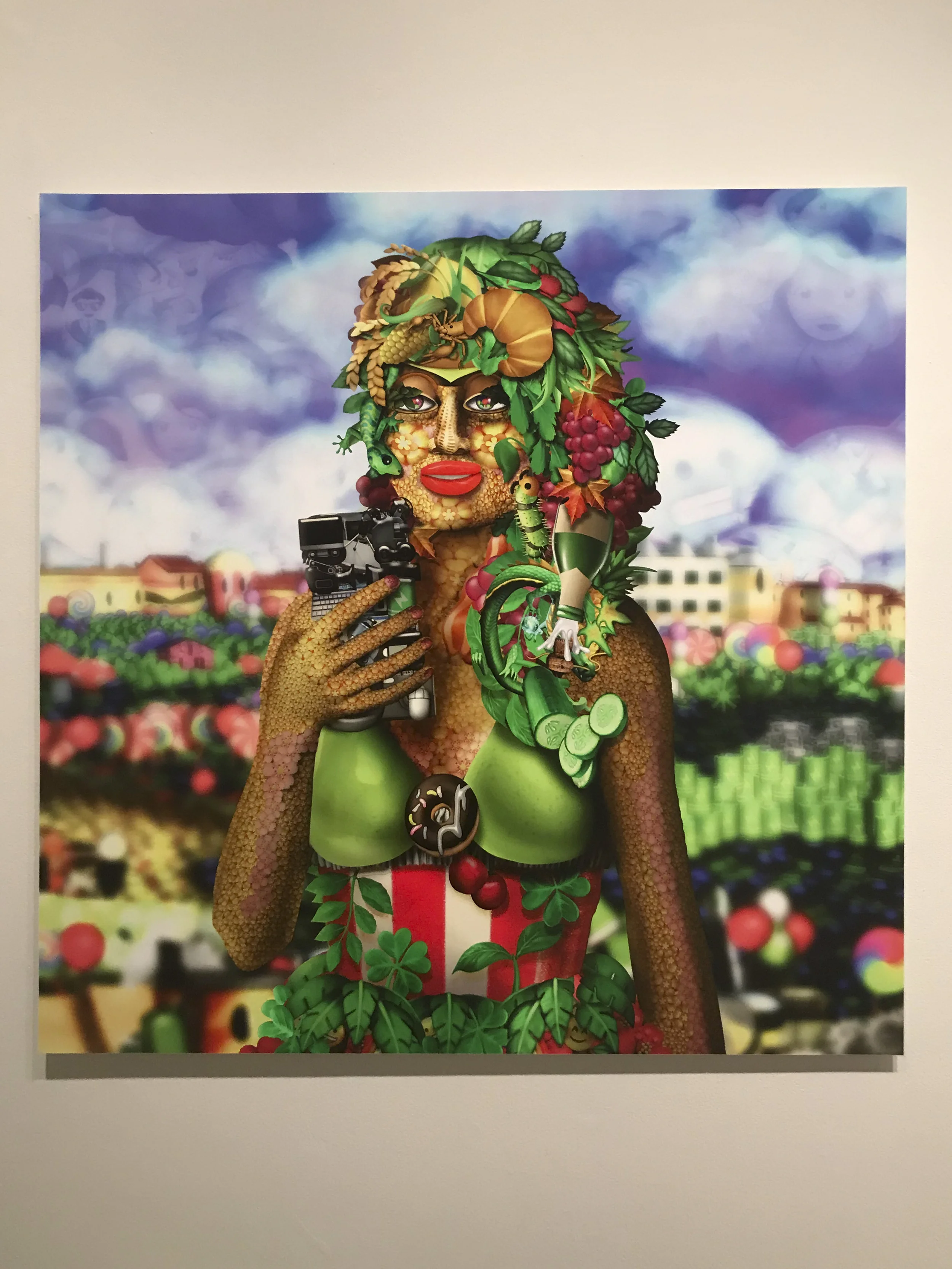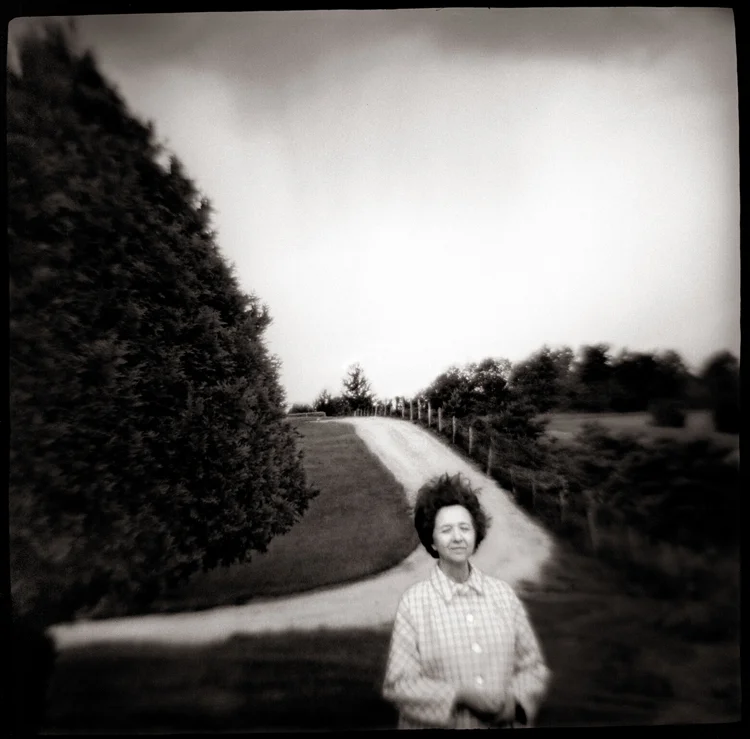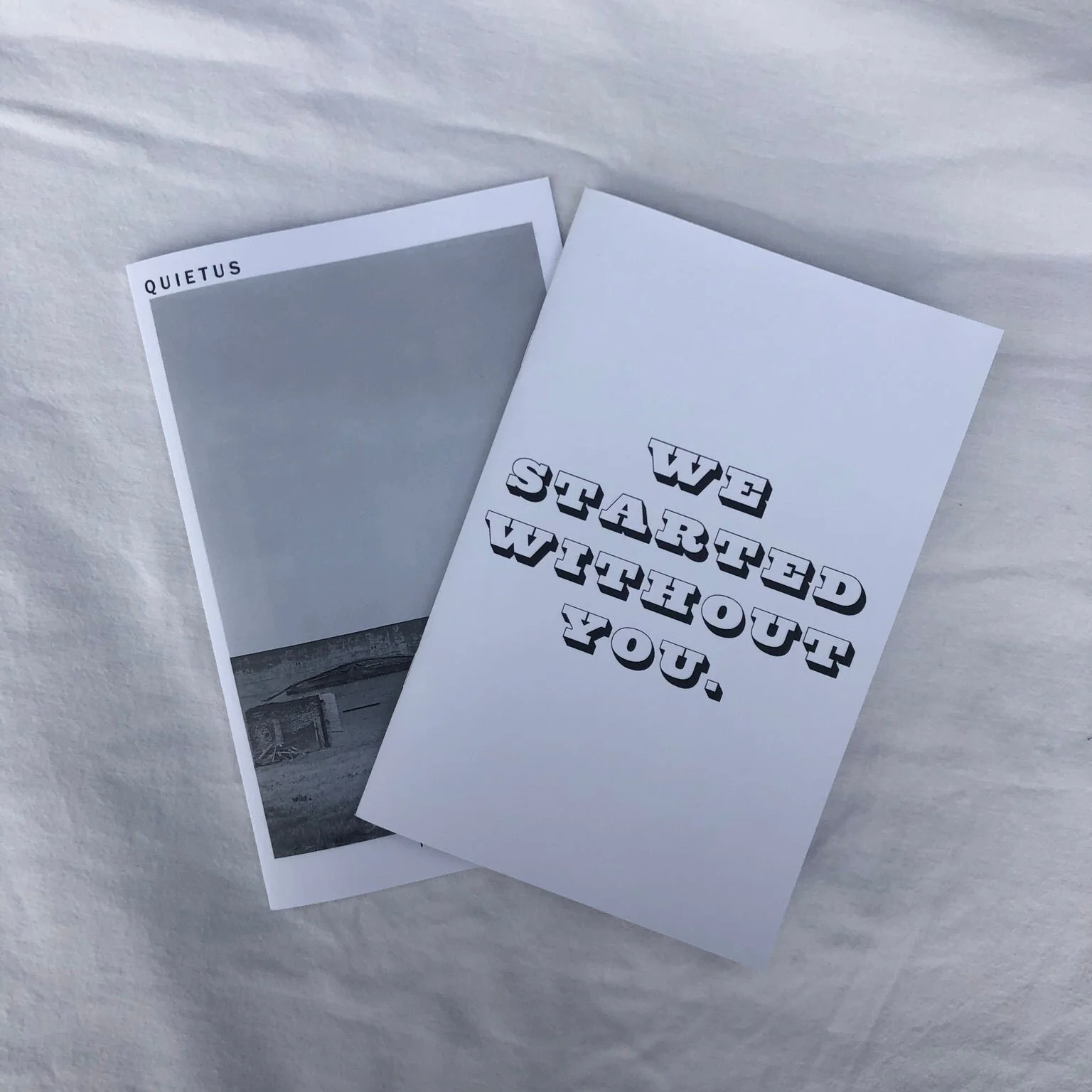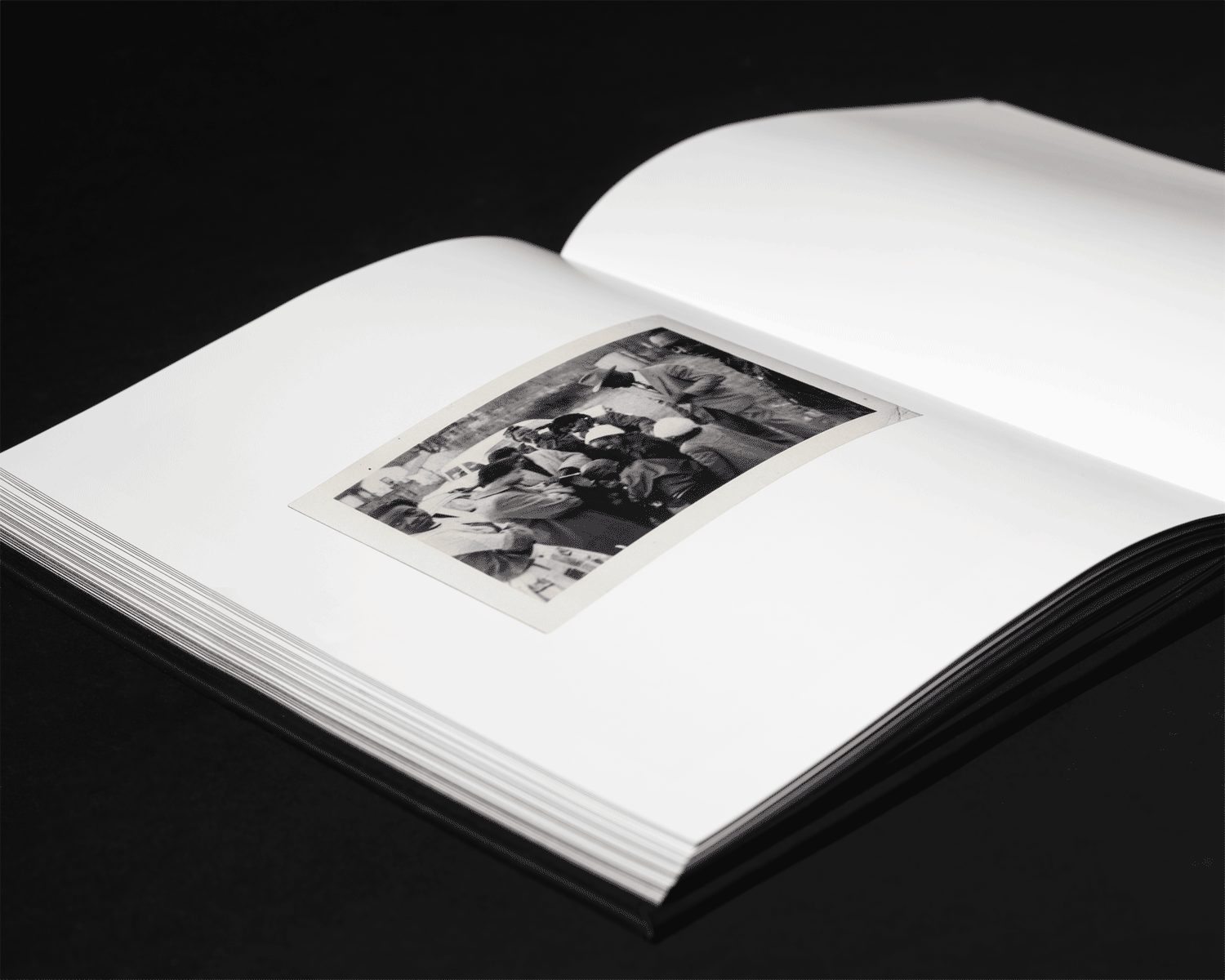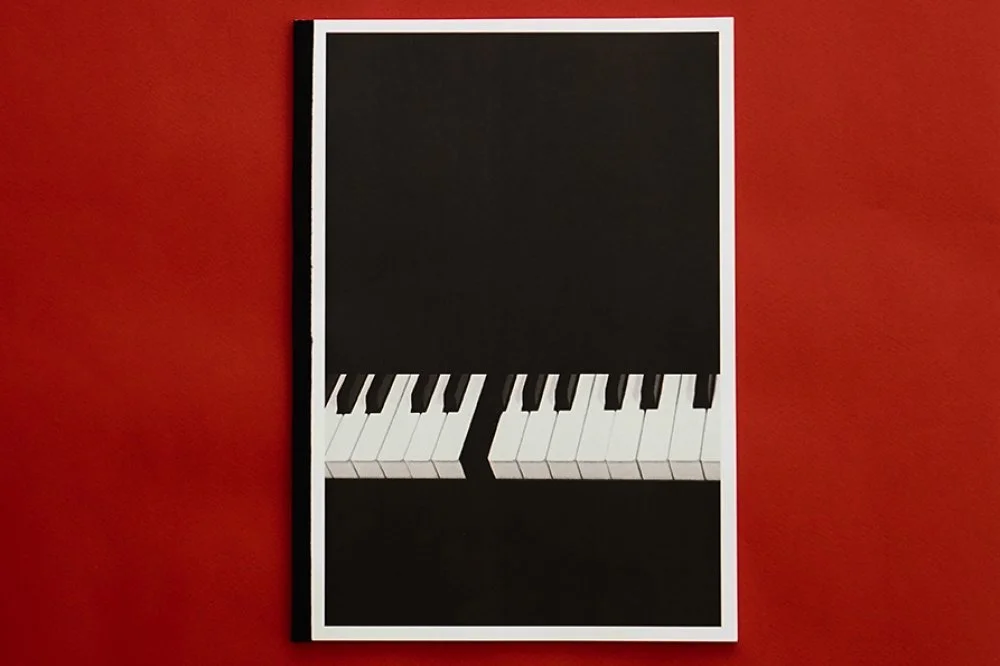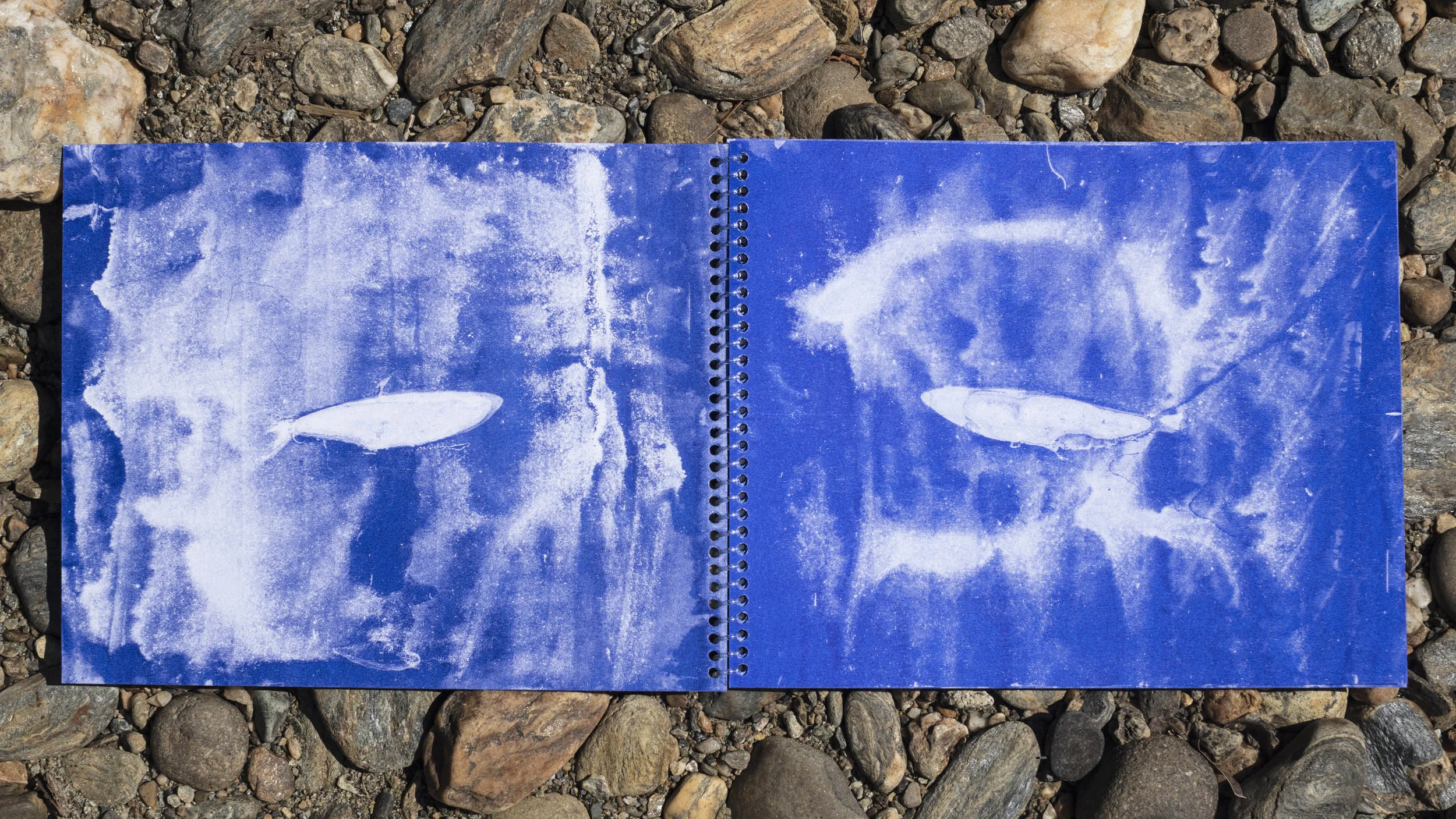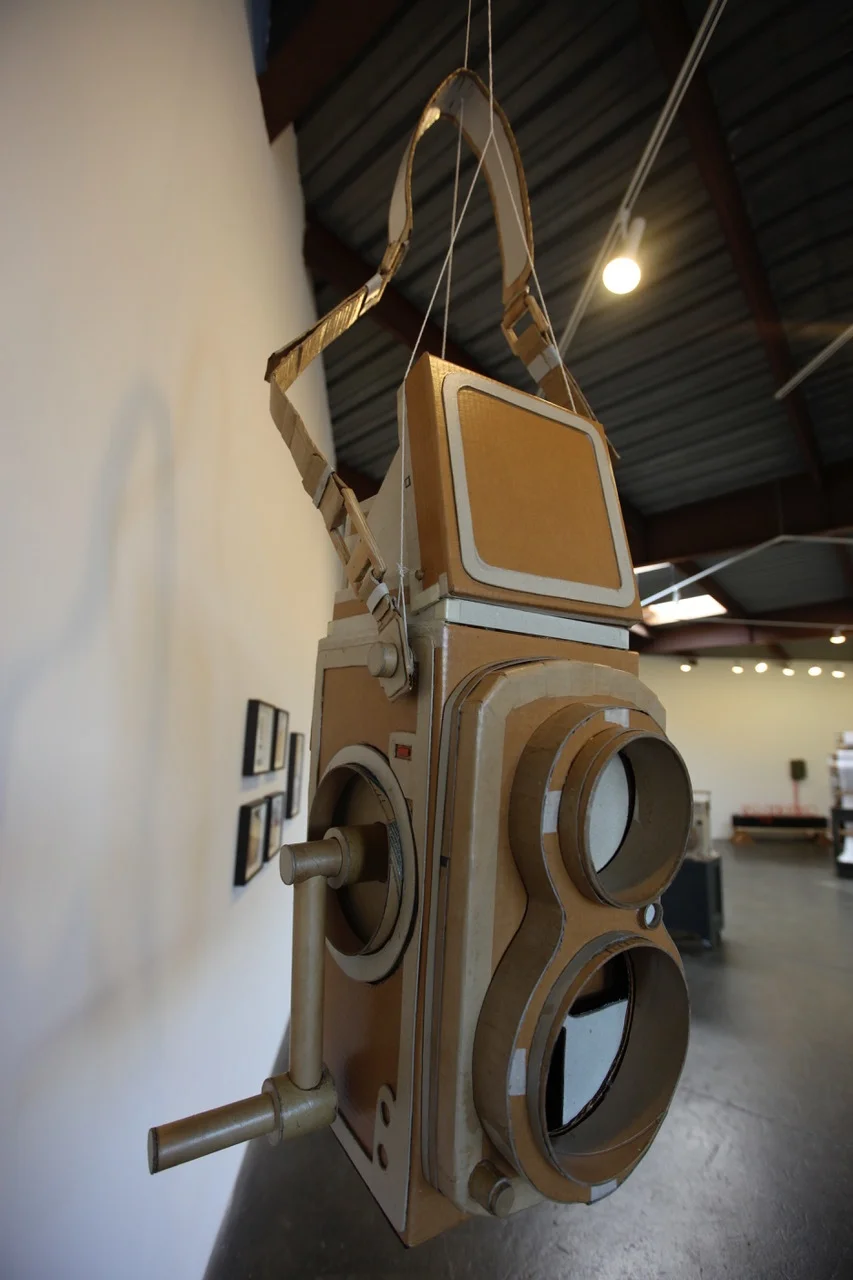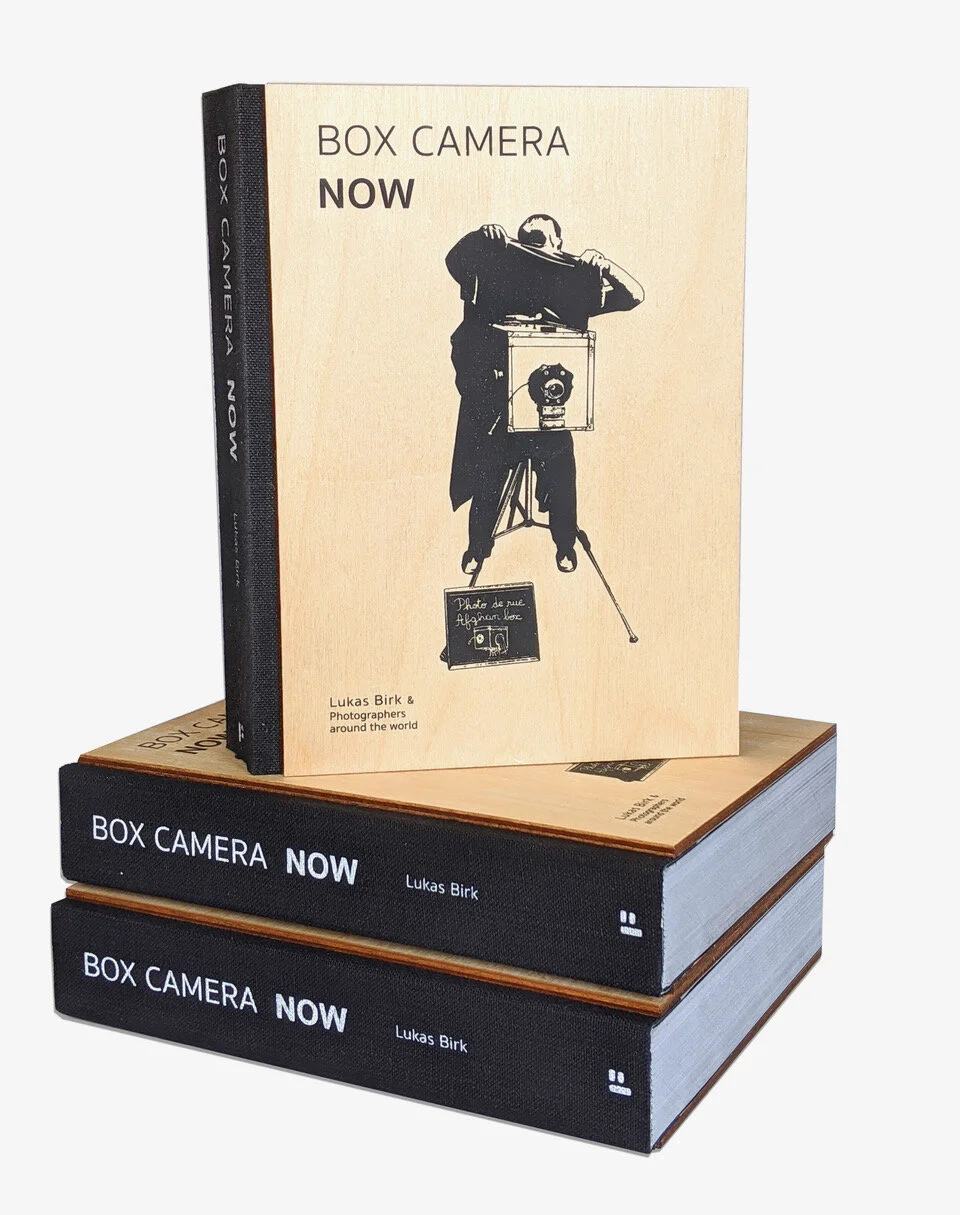artist book: a work of art realized in the form of a book.
The definition may sound simple, but the world of artist books can be a bewildering place. From the familiar pairing of images and text, to sculptures created out of paper and complicated bindings that create a performance each time the book is opened, nearly anything can be called an artist book if there is intention and consideration. This series showcases artists from different realms of the art world exploring the structure and meaning of the book.
Inspired by the true events that unfolded in Zambia in the 1960s, Cristina De Middel produced her self-published book Afronauts in 2012. Blending fact with fiction, Afronauts is a narrative work that depicts Zambia’s short-lived space program. The book is composed of a series of photographs, mostly staged and shot by De Middel, along with retyped original documents and press clippings that she found through research.
The story of Zambia’s space program is quite fascinating and until recently was long forgotten. In 1964, Zambia gained its independence from the United Kingdom. While festivities celebrating Zambia’s independence were still taking place, it was unofficially announced that Zambia was joining the space race. Edward Makuka Nkoloso, a local teacher, was devising a plan to send a 17-year-old African girl, two cats, and a missionary to the moon by the end of the year; thereafter, the astronauts would use a catapult system to travel to Mars. Despite Nkoloso’s attempts to get funding through UNESCO, the project was never fully realized, and his female astronaut was ultimately dismissed after being impregnated by a fellow trainee in the program.
Rather than ridiculing Nkoloso’s space program, De Middel approaches the subject compassionately:
"[The subject] attracted my attention precisely because my first reaction was, is it true or isn’t it? [A]nd that is exactly the response I want from my audience when they see my work. I also like that it was an optimistic story about Africa, rather than the idea we more usually have of the continent. And it reminded me of the things I used to think about in my childhood, our relationship with the cosmos, how small we are. It was exciting to think I could make photography about it."[1]
De Middel’s photographs simultaneously capture the naivety of the project, while also depicting the pride of a newly-formed nation. The colorful, rudimentary garments worn by her Afronauts (which were handcrafted by De Middel and her grandmother) subtly convey the aspirations of a program that was lacking in engineering knowledge and funding; and yet, the portraits of the Afronauts reveal that the subjects appear to be undeterred. The Afronauts are depicted posing heroically as they demonstrate their readiness for the mission at hand. De Middel could have easily cast Zambia’s space initiatives as a failed operative, yet rather than being dismissive, the Afronauts captures the spirit of a hopeful young nation to which even the sky appears limitless.
The book, Afronauts, has been wildly successful, and after selling out the limited edition, De Middel began to exhibit the subject as a photographic and mixed media project. In 2013, the book was nominated for the Deutsche Börse Photography Prize. Cristina De Middel was the recipient of the Infinity Award from the International Center of Photography that same year. Her follow-up project, This is What Hatred Did, has also been well received.
Elizabeth K. Harris is the Director at Louis K. Meisel Gallery. She holds an MA in Visual Arts Administration from New York University and has co-authored two books on art. She likes looking at books more than reading them.
[1] http://www.telegraph.co.uk/culture/photography/10882577/Cristina-de-Middel-The-Afronauts.html


















































